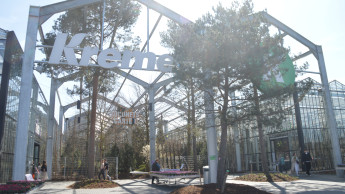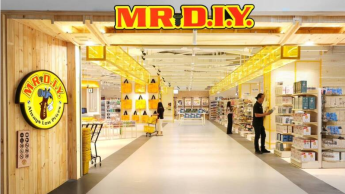It seems like an eternity has passed since then, and yet not even eighteen months ago the home improvement industry's agenda featured two mega-trends: e-commerce and sustainability. The first of these has been given an unexpected boost by Covid-19, while the virus has pushed the second into the background for the time being, like everything else not directly related to the pandemic.
To be sure, the topic was never entirely out of the picture. Whenever John Herbert was asked, for example (such as when he appeared at the Consumer Goods Digital Day of Messe Frankfurt), what the industry must focus on in the future, he cited sustainability as one of the key issues. It was discussed at the online seminars of the Global DIY Network of Edra/Ghin and Hima, for instance in the presentation by Victoria Neuhofer, who spoke about plastic avoidance. DIY International is providing a platform for the subject in this issue, reporting in a focus topic on some examples of manufacturers unveiling their products and initiatives.
It appears to me, however, that the topic of sustainability is now re-emerging more forcefully via two different routes. One is the e-commerce path already mentioned, which is compelling retailers to rethink their store formats. Even if green building concepts with LED lighting, photovoltaic installations, green roof areas and rainwater tanks for plant irrigation are increasingly becoming a standard feature, the question remains: how sustainable is the space-intensive format of the big boxes?
The disruption of supply chains, something that has been reported on worldwide, is causing a substantial hike in costs. Freight charges for container traffic, for example, are up to 400 per cent higher than the rates that previously applied. A growing number of…

 Menü
Menü















 Newsletter
Newsletter